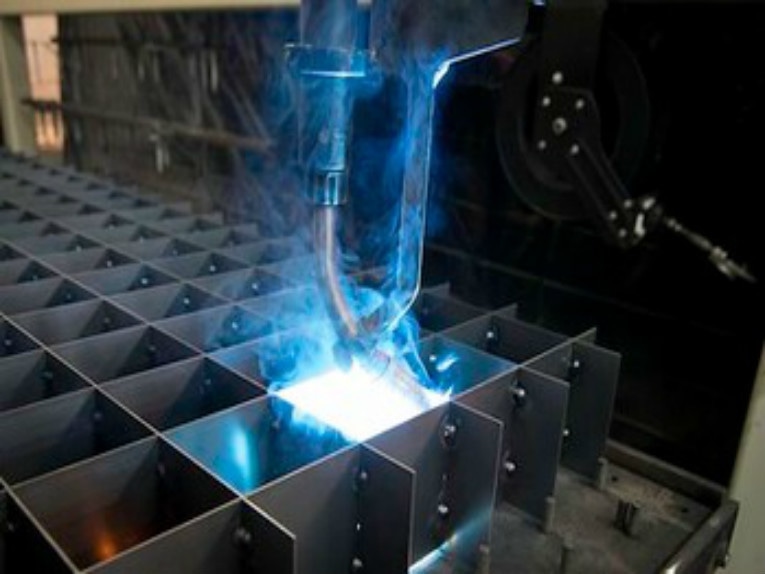Some quick advice on getting the most out of that first purchase.
Robots don’t disappoint. After a manufacturing company buys its first industrial robot installation, it goes back time and time again to buy more to further automation to their factories. Given that robots boost productivity, profitability, and quality, it’s no surprise they are so popular. In fact, it is estimated
three million industrial robots will be in use globally by 2020, according to the International Federation of Robotics.
Unfortunately, small to medium-sized manufacturers are often unwilling to invest in their very first robot because, after all, they are hardly inexpensive. Thankfully, taking the automation plunge doesn’t have to be a worrisome process.
Picking your machine. First things first; what do you want your robot to do? The desired application determines the kind of robot required. A SCARA robot, for instance, is most suited for compact pick-and-place operations, whereas palletizing applications may require a six-axis machine that can handle a heavy payload.
That said, several factors should be contemplated beyond robot type. They include the operation, payload, number of axes, reach, accuracy, cycle time, and inertia. The Ingress Protection (IP) rating should also be taken into account. It’s a measure that defines how well the robot and housing are designed to keep out contaminants such as dirt and moisture. Careful calculation of these nine parameters should be the first step of any robot investment.
It may be time-consuming, but collecting this data and ensuring it is accurate will streamline the search for the best robot. This approach is preferable to relying on estimations, which can have disastrous results.
One common mistake when choosing a machine is failing to take end-of-arm-tooling (EOAT) into account when determining a robot’s payload. Grippers, drills, and soldering equipment can add significant weight to a robot, enough to push the load over the machine’s maximum lifting capacity. Suddenly, poor calculations mean you’re left with a machine too feeble to fulfil its role.
Purchasing your robot. Budgets shouldn’t be estimated. Robot investments often go far beyond the initial price tag. The factory may need a segregated work cell or additional power units before the robot can be put to work. Then there are the variable expenditures such as labor, energy, materials, and ongoing maintenance. All are needed to keep the robot working.
In fact, when investigating the true cost of robotics, the Boston Consulting Group suggest that manufacturers should budget for a working robot at least three times the price of the robot itself.
Don’t be afraid to ask for guidance when determining the cost and those nine parameter requirements of your robot. Robot suppliers aren’t like the used car salesmen of the automation world, and any who behave in such a way should be actively avoided.
Programming your robot. Parting with your cash isn’t necessarily the most daunting part of a robot investment. Instead, a more common problem manufacturers face is unfamiliarity with programming languages. Although installing a robot usually isn’t as simple as plug-and-play, most don’t require a huge amount of programming knowledge, either.
Powerful but simple simulation tools with offline programming can help. However, it is also vital to decide who will be responsible for maintaining the robot and ensuring it gets trained. Opting for easy-to-program robot software ensures that programming and controlling the robot is simple, even for engineers embarking on their first industrial robot project.
Combined with a teach pendant (a control box for programming the robot’s motions), completing routine maintenance and adjustment becomes pain-free. In fact, more than 90% of robots use these tools. For technicians and engineers, this makes them an unintimidating piece of high tech.
Post time: Feb-19-2021








